Shruti Kulkarni
Oak Ridge National Laboratory
NeuroCoreX: An Open-Source FPGA-Based Spiking Neural Network Emulator with On-Chip Learning
Jun 17, 2025Abstract:Spiking Neural Networks (SNNs) are computational models inspired by the structure and dynamics of biological neuronal networks. Their event-driven nature enables them to achieve high energy efficiency, particularly when deployed on neuromorphic hardware platforms. Unlike conventional Artificial Neural Networks (ANNs), which primarily rely on layered architectures, SNNs naturally support a wide range of connectivity patterns, from traditional layered structures to small-world graphs characterized by locally dense and globally sparse connections. In this work, we introduce NeuroCoreX, an FPGA-based emulator designed for the flexible co-design and testing of SNNs. NeuroCoreX supports all-to-all connectivity, providing the capability to implement diverse network topologies without architectural restrictions. It features a biologically motivated local learning mechanism based on Spike-Timing-Dependent Plasticity (STDP). The neuron model implemented within NeuroCoreX is the Leaky Integrate-and-Fire (LIF) model, with current-based synapses facilitating spike integration and transmission . A Universal Asynchronous Receiver-Transmitter (UART) interface is provided for programming and configuring the network parameters, including neuron, synapse, and learning rule settings. Users interact with the emulator through a simple Python-based interface, streamlining SNN deployment from model design to hardware execution. NeuroCoreX is released as an open-source framework, aiming to accelerate research and development in energy-efficient, biologically inspired computing.
Transductive Spiking Graph Neural Networks for Loihi
Apr 25, 2024



Abstract:Graph neural networks have emerged as a specialized branch of deep learning, designed to address problems where pairwise relations between objects are crucial. Recent advancements utilize graph convolutional neural networks to extract features within graph structures. Despite promising results, these methods face challenges in real-world applications due to sparse features, resulting in inefficient resource utilization. Recent studies draw inspiration from the mammalian brain and employ spiking neural networks to model and learn graph structures. However, these approaches are limited to traditional Von Neumann-based computing systems, which still face hardware inefficiencies. In this study, we present a fully neuromorphic implementation of spiking graph neural networks designed for Loihi 2. We optimize network parameters using Lava Bayesian Optimization, a novel hyperparameter optimization system compatible with neuromorphic computing architectures. We showcase the performance benefits of combining neuromorphic Bayesian optimization with our approach for citation graph classification using fixed-precision spiking neurons. Our results demonstrate the capability of integer-precision, Loihi 2 compatible spiking neural networks in performing citation graph classification with comparable accuracy to existing floating point implementations.
Attention for Causal Relationship Discovery from Biological Neural Dynamics
Nov 23, 2023

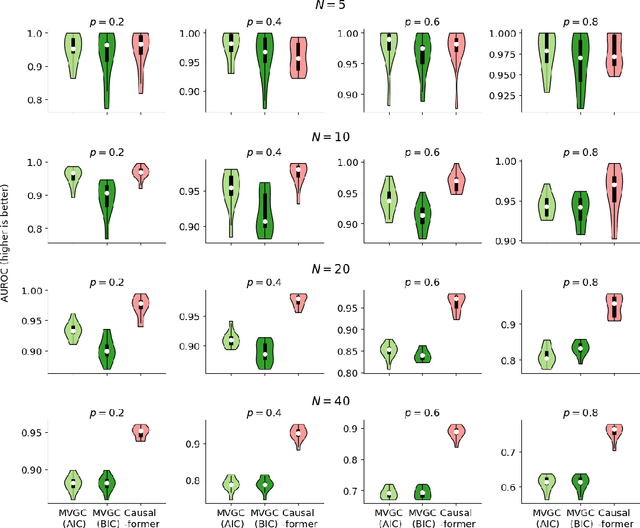
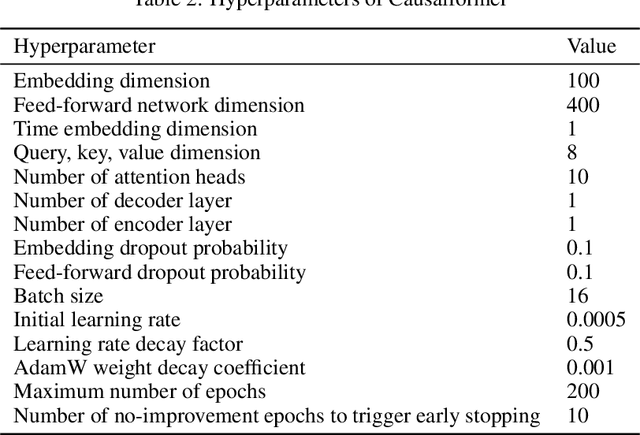
Abstract:This paper explores the potential of the transformer models for learning Granger causality in networks with complex nonlinear dynamics at every node, as in neurobiological and biophysical networks. Our study primarily focuses on a proof-of-concept investigation based on simulated neural dynamics, for which the ground-truth causality is known through the underlying connectivity matrix. For transformer models trained to forecast neuronal population dynamics, we show that the cross attention module effectively captures the causal relationship among neurons, with an accuracy equal or superior to that for the most popular Granger causality analysis method. While we acknowledge that real-world neurobiology data will bring further challenges, including dynamic connectivity and unobserved variability, this research offers an encouraging preliminary glimpse into the utility of the transformer model for causal representation learning in neuroscience.
SuperNeuro: A Fast and Scalable Simulator for Neuromorphic Computing
May 04, 2023

Abstract:In many neuromorphic workflows, simulators play a vital role for important tasks such as training spiking neural networks (SNNs), running neuroscience simulations, and designing, implementing and testing neuromorphic algorithms. Currently available simulators are catered to either neuroscience workflows (such as NEST and Brian2) or deep learning workflows (such as BindsNET). While the neuroscience-based simulators are slow and not very scalable, the deep learning-based simulators do not support certain functionalities such as synaptic delay that are typical of neuromorphic workloads. In this paper, we address this gap in the literature and present SuperNeuro, which is a fast and scalable simulator for neuromorphic computing, capable of both homogeneous and heterogeneous simulations as well as GPU acceleration. We also present preliminary results comparing SuperNeuro to widely used neuromorphic simulators such as NEST, Brian2 and BindsNET in terms of computation times. We demonstrate that SuperNeuro can be approximately 10--300 times faster than some of the other simulators for small sparse networks. On large sparse and large dense networks, SuperNeuro can be approximately 2.2 and 3.4 times faster than the other simulators respectively.
Encoding Integers and Rationals on Neuromorphic Computers using Virtual Neuron
Aug 15, 2022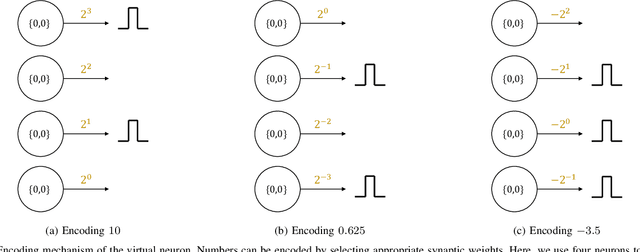
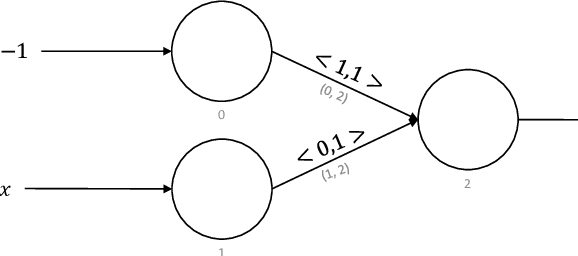
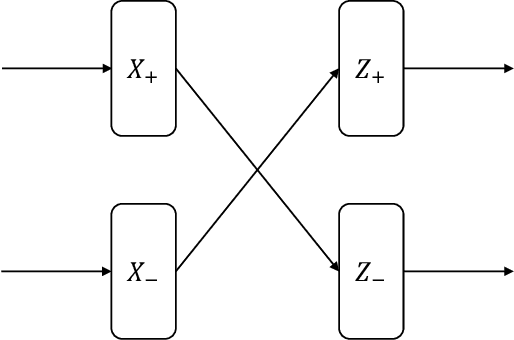
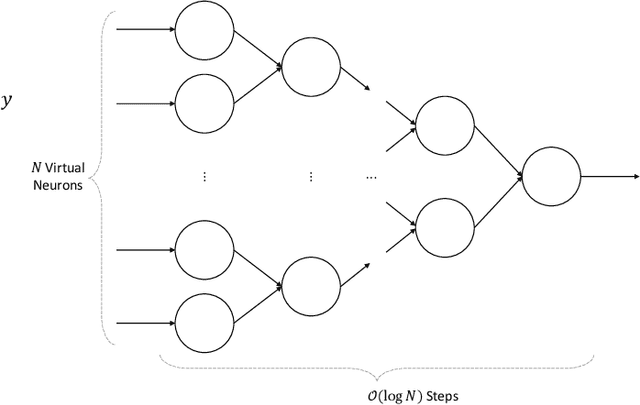
Abstract:Neuromorphic computers perform computations by emulating the human brain, and use extremely low power. They are expected to be indispensable for energy-efficient computing in the future. While they are primarily used in spiking neural network-based machine learning applications, neuromorphic computers are known to be Turing-complete, and thus, capable of general-purpose computation. However, to fully realize their potential for general-purpose, energy-efficient computing, it is important to devise efficient mechanisms for encoding numbers. Current encoding approaches have limited applicability and may not be suitable for general-purpose computation. In this paper, we present the virtual neuron as an encoding mechanism for integers and rational numbers. We evaluate the performance of the virtual neuron on physical and simulated neuromorphic hardware and show that it can perform an addition operation using 23 nJ of energy on average using a mixed-signal memristor-based neuromorphic processor. We also demonstrate its utility by using it in some of the mu-recursive functions, which are the building blocks of general-purpose computation.
 Add to Chrome
Add to Chrome Add to Firefox
Add to Firefox Add to Edge
Add to Edge